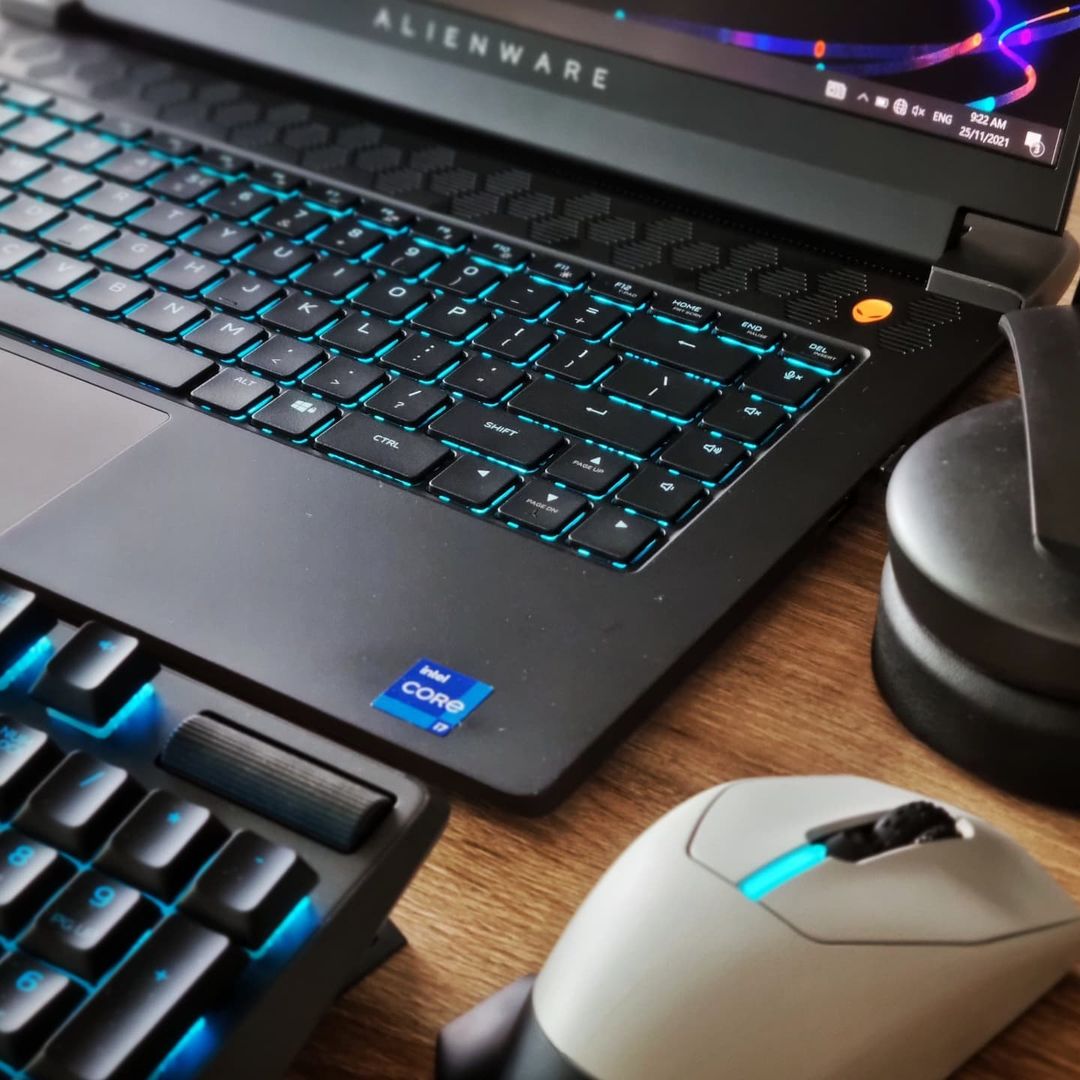Three Global Online Education Trends You Should Be Aware Of
Hundreds of learning platforms and online courses are available for free nowadays. In general, two aspects of development may be considered: content and service. Content is a method for writing instructional video scripts, visualizations, and presentations, as well as composing questions and assignments. Services are content generation models with a direct technological component: a “wrapper” that wraps the content for the end-user. The issue remains: what trends and services do you require in order to provide instructional content?
Microlearning
Circuits and Electronics, the first-year MITx platform, was released in 2012. Students were asked to work 8-12 hours each week during the 15-week course. There were around 350 homework assignments, 12 laboratory works, and three tests in it. That seems like a lot for a single student to take on. As a result, if you ever want assistance with your projects, GradeMiners may become a solution for you.
It’s been four years now. This edX course appears to be rather different. It has now been broken into three different 5-week sessions. This also happened with MIT’s Introduction to Computer Science and Python Programming course. The organizers saw that only a few students graduated from the initial edition of the course, so it was split into two sections. Of course, we may call this marketing: if a user wants an authorized certificate, he or she must purchase numerous instead of just one. However, it isn’t simply that. As the folks from Simplero explain, creating an online course is not just about developing the course; it also requires marketing and managing the student experience. It seems that splitting a large course into smaller, more focused ones is a great way to address this challenge.

Reducing course time is an example of the microlearning movement, which has recently confidently conquered online education. People are accustomed to swiftly obtaining information from Google and watching brief films on YouTube. As a result, sitting through a long course is getting increasingly difficult: academics at the online platform edX even propose making films that are no longer than 6 minutes long. If the film is longer, the number of views reduces dramatically by the end – pupils become distracted, which disrupts the learning process.
For example, amazing selling machine training is an Amazon FBA course for aspiring entrepreneurs. It lasts for only two months and takes place entirely online.
Micro-learning, by the way, refers not just to the length of courses or instructional films, but also more traditional academic matters such as a scientific degree. Udacity has even coined the word “nanodegree” to describe course cycles. Furthermore, there are entire platforms dedicated to brief (micro-) courses. Consider the case of Coursmos.
By the way, if you’re looking for the most cutting-edge writing services to assist you with your studies, we recommend reading this article: Top Four Essay Writing Service to Trust with Assignments in 2021.
Learning Is Adapting
Which term did edX founder Anant Agarwal highlight the most during his lecture at the international educational conference EdCrunch in 2015? Personification. Personalization, student adaptability, and individual learning paths are all phrases associated with the adaptive learning movement. Modern data allows us to forecast user behavior scenarios, allowing you to design a learning system that adapts to each student uniquely.
For example, students who can’t keep up with the class can receive more help while students who excel can be challenged to go beyond their current level of understanding. An online summer school such as https://svhs.co/online-summer-school/ is an excellent example of how adaptive learning works in practice. Utilizing online courses, the online summer school allows students to receive personalized instruction and guidance while they learn throughout a summer break. Each student’s online experience is tailored to their educational level and individual needs so that everyone has access to the same material but can learn in a way that fits them best.
It’s also worth noting that the customized technique is being employed by a variety of businesses aimed at assisting kids with educational challenges. So, if you are asking yourself: “How I can easily do my essay and don’t spend all my time on it”, you might consider using the help of professional paper writing services.
Adaptive learning systems are being developed by companies and initiatives all around the world. And, in our opinion, the development of an effective adaptive education system will be the most significant change in online education since the introduction of massive open online courses.
Adaptive teaching technologies are already being used at institutions in the United States: Knewton, for example, is collaborating with Arizona State University. The student receives activities that match their learning requirements (for example, on a specific topic that has to be repeated), and the instructor receives statistics for each student and the group as a whole, thanks to Knewton. These statistics enable instructors to tailor lessons so that they are as effective as feasible for each student.
Gamification
People enjoy playing games. According to studies, 97% of youngsters between the ages of 12 and 17 play video games. Adults, on the other hand, adore them. As a result, the typical player is 30 years old, with 37% of gamers being over 35.
The truth is that games have become a significant tool in modern education because they can attract and retain people’s attention. It’s important to remember the term “gamification,” which refers to the addition of gaming aspects to other activities such as studying. Badges, levels, and points are all game components that promote and enhance the student’s motivation.

The Khan Academy platform, for example, gamified the learning process and created a badge system. For specific accomplishments, users are awarded badges. I watched ten videos and earned a badge, among other things.
The student notices that they have a badge, indicating that they worked for a cause. It is critical to recognize and experience your own improvement since it serves as motivation to keep moving forward. The goal of gamification in education is to take these game-like rewards and apply them to the learning process.
To Summarize
Learning in little doses, customized to each student individually, and even with a robust incentive system is not a fantasy. Technology in online education is continually improving, making learning more effective than ever before. And we all have a tremendous chance to be a part of this ever-changing learning process.
Bio
Haiden Malecot is one of our all-time Grademiners who’s been with the company since it was founded in 2004. Working with a great variety of subjects, topics, and paper types, Haiden adopts a yes-can-do attitude helping put a finger on any, even the most difficult, assignments. As one of our most demanded writers, Haiden knows no shortage of new orders but still takes time to help everyone A to Z.






